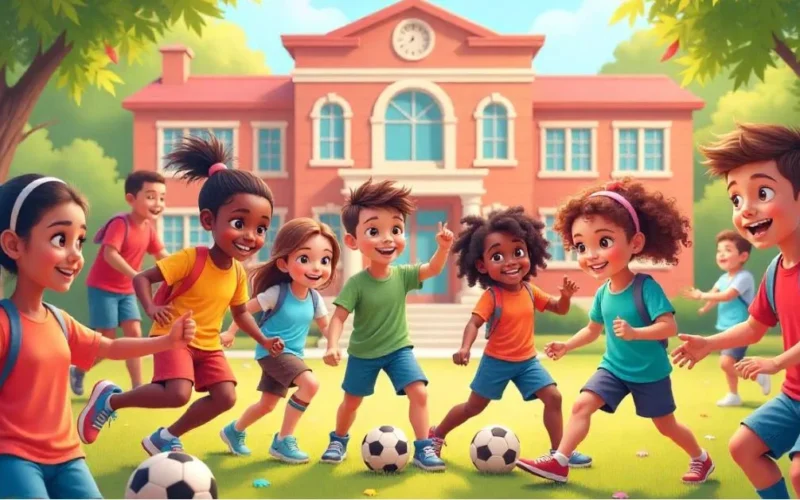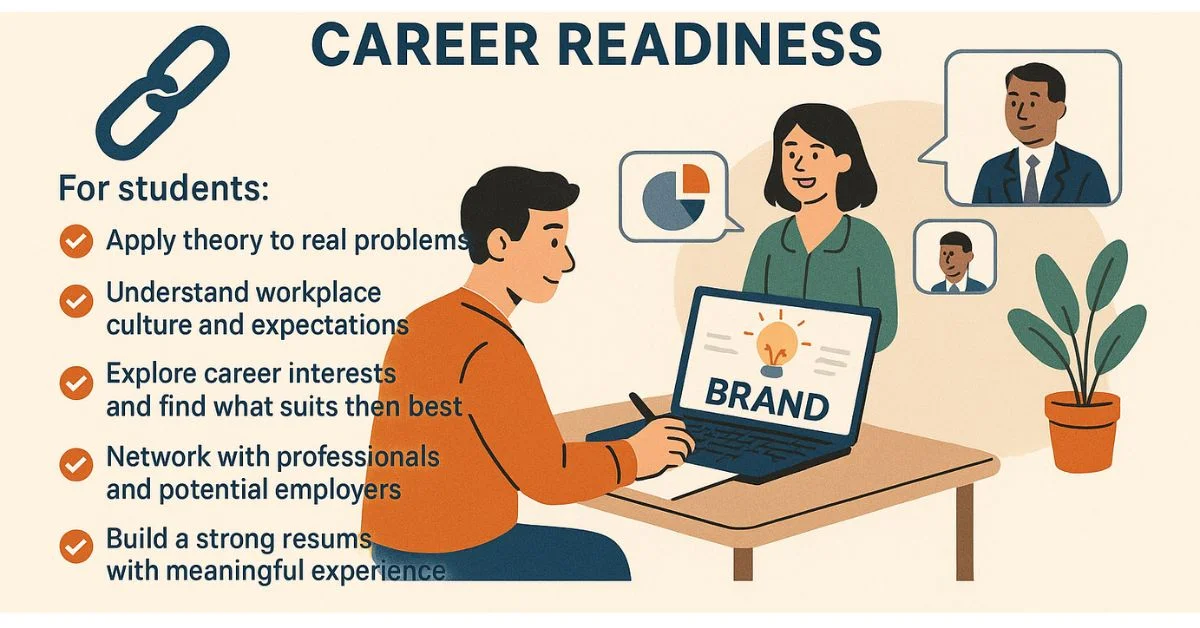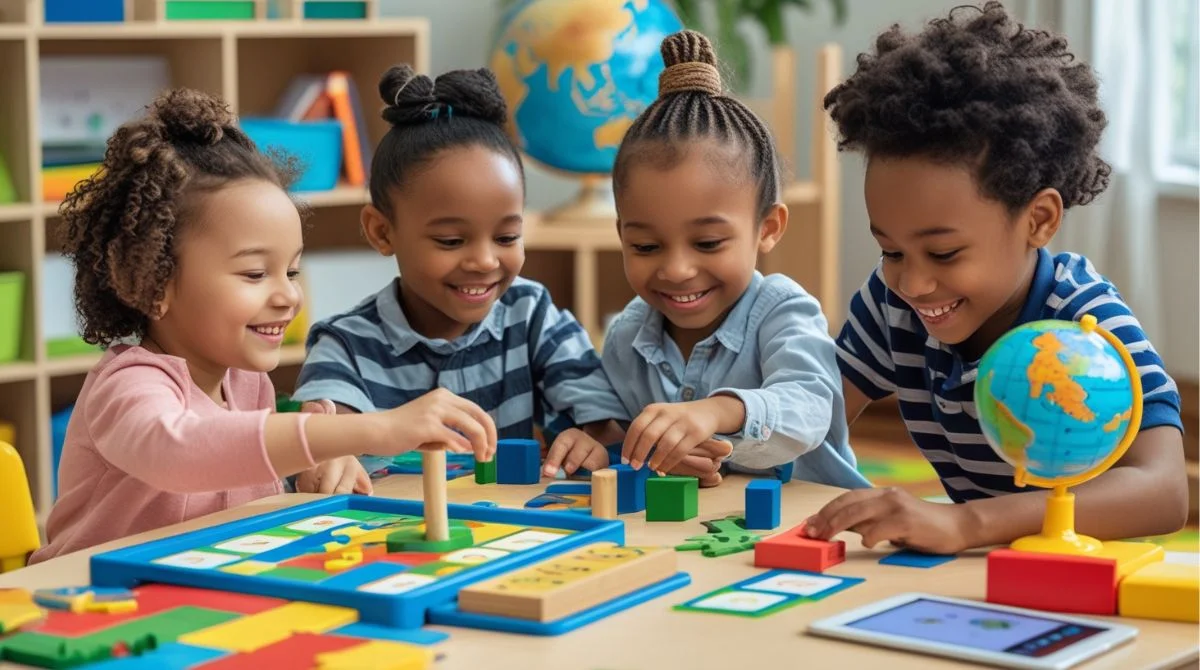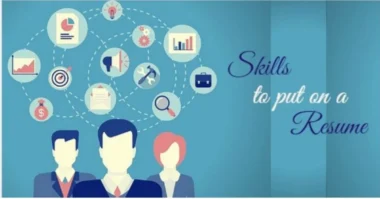Table of Contents
- What do I mean by School Activities?
- Why School Activities Matter?
- Types of School Activities:
- Benefits of Hands-On and Play-Based Learning:
- Cultural Celebrations and Diversity in Activities:
- Inclusive Activities for All Abilities:
- Balancing Activities and Studies
- Role of Teachers and Parents
- Future of School Activities
- Conclusion
School activities are more than just fun extras; they are essential to growing up and learning. They help students feel connected, learn skills, build confidence, and enjoy school. From sports fields to music rooms and science fairs to yoga mats, these activities shape students in ways classrooms alone cannot. In this deep dive, we’ll cover what school activities include, why they matter, the benefits and drawbacks, the roles of parents and teachers, future trends, and how to find balance, all in simple, everyday words.
What do I mean by School Activities?
School activities are things students do outside normal lessons, which can happen during school time, after school, or on special days. The main goal is to help students grow in real-life skills, creativity, and social connection. These include:
- Sports such as football, yoga, and swimming
- Arts and performance like drama, music, dance, and crafts
- Academic clubs and competitions like science fairs, coding, and debates
- Community service, such as clean‑ups, charity drives, and mentorship
- Leadership roles in student council, events, or peer mentoring
- Life‑skills workshops on cooking, gardening, first aid, or money management
- STEM and tech programs like robotics, coding, and media creation
- After‑school and tutoring programs to help learning and social growth
Why School Activities Matter?
Research shows students who participate in extracurriculars feel more connected, do better in school, and are less likely to drop out. These activities help in many ways:
- Confidence and self-esteem rise when children succeed or lead
- Social skills grow as they work with peers.
- Time management improves by balancing tasks
- Physical and mental health benefit from active and creative work.
- Academic engagement is stronger when learning goes beyond the classroom
- Lifelong skills like leadership, responsibility, and problem‑solving
- Better behavior and attendance compared to non‑participants nces.ed.gov+1www2.uwstout.edu+1
Types of School Activities:
1. Sports and Physical Activities:
Sports and physical activities are more than just games; they play a huge role in students’ physical, mental, and social development. When students play sports like football, track and field, swimming, yoga, or martial arts, they stay active, which keeps their bodies healthy. These activities teach discipline, as students have to practice regularly and follow rules.
Team sports help students learn how to work with others, communicate, and support their teammates. Physical activities also reduce stress and help students feel happier because exercise releases feel-good hormones. Besides, when children succeed in sports, their confidence grows.
2. Arts and Culture:
Arts and culture activities allow students to express themselves in creative ways. Whether it’s painting, playing a musical instrument, acting in a play, dancing, or making crafts, these activities help students explore their feelings and ideas. They learn to appreciate beauty, develop creativity, and build confidence in their abilities.
Cultural activities like celebrating different festivals, learning about traditions, or studying different kinds of music and art forms from around the world teach students about diversity and respect for others. These experiences broaden their minds and make them more open to new perspectives.
3. Academic Clubs & Competitions:
Academic clubs and competitions give students extra ways to develop their knowledge and skills outside regular classes. Science fairs, math clubs, robotics competitions, debate teams, writing contests, coding clubs, and spelling bees challenge students to think deeply and solve problems creatively. These activities sharpen their intellect, improve public speaking, critical thinking, and teamwork.
They also give students a sense of achievement when they win or even just participate, which boosts their motivation to learn more. Many students discover their interests and passions through these academic experiences, sometimes even leading to future career paths.
4. Community Service & Mentoring:
Community service teaches students the value of helping others. They learn that their actions can make a difference in the world around them. Mentoring also allows older or more experienced students to guide younger peers, offering advice and support, which strengthens leadership skills and builds strong school communities.
5. Leadership & School Governance:
Leadership roles such as student council, event organizers, class captains, or committee members allow students to take on responsibility within the school. These positions teach important skills like planning, organizing events, making decisions, solving problems, and working with others.
Students learn how to listen to their peers, represent their views, and make choices that affect the school community. Leadership experiences help students build confidence and prepare them for future roles in their personal and professional lives.
Benefits of Hands-On and Play-Based Learning:
Young students learn best through playing, exploring, and doing; this style helps with creativity, problem-solving, and early academic skills.
Challenges Schools Face:
- Limited time and money can mean fewer activities
- Overscheduling can stress students and limit their studies
- Unequal access may limit chances for some children
- Safety and supervision need careful planning
Cultural Celebrations and Diversity in Activities:
School activities also include celebrating different cultures, which helps students respect and learn from each other’s backgrounds.
1. Cultural Days and International Events:
These are special events that schools and colleges organize to help students learn about different cultures. For example:
- International Day: Students might wear traditional clothing, share foods from their countries, or give presentations about their culture.
- Food Fairs: Students bring dishes from their countries, allowing others to taste and learn about different cuisines.
- Heritage Months: Some schools dedicate a whole month to focus on one culture or group (like Black History Month or Asian Heritage Month), teaching about their history, contributions, and traditions.
2. Inclusion Through Diversity:
This means creating an environment where every student feels welcome, respected, and valued, no matter their background or identity. Some examples include:
- Black Student Unions: Groups where Black students can connect, share experiences, and support each other.
- LGBTQ+ Support Groups: Safe spaces for LGBTQ+ students to meet, talk, and feel accepted.
Inclusive Activities for All Abilities:
Not every student can or wants to join traditional activities, so schools must include everyone.
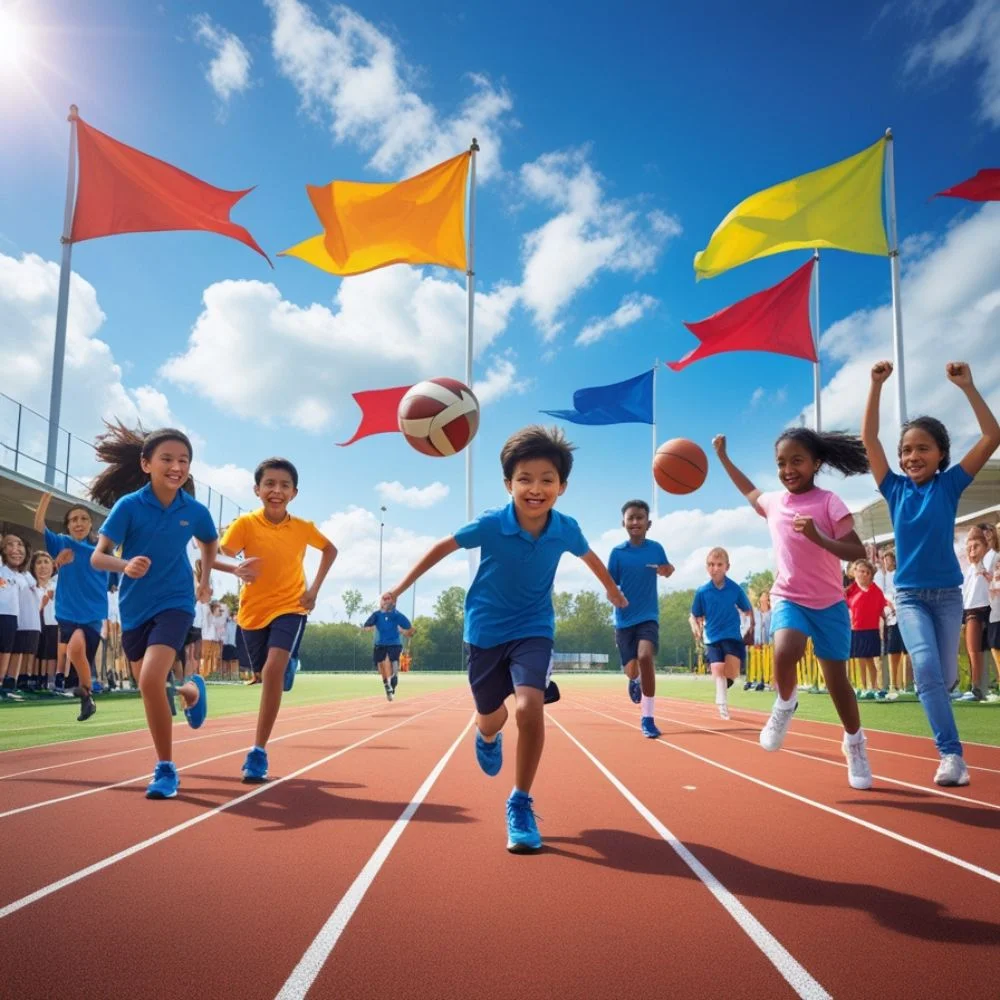
1. Adaptive Sports and Art:
These are special programs designed for children who have physical or learning challenges. The goal is to make sure that everyone can participate, have fun, and express themselves.
- Adaptive Sports: These might include wheelchair basketball, swimming with special equipment, or modified physical activities that match a child’s ability.
- Adaptive Art: These programs use special tools or techniques to help children create art, no matter their physical or learning abilities.
2. Quiet Clubs and Wellness Spaces:
Not every student enjoys loud or highly active clubs. Some prefer calm, relaxing activities. Schools offer:
- Reading circles are where students gather to quietly read and discuss books.
- Board games that are fun but calm and social.
- Nature walks allow students to relax while enjoying the outdoors.
3. Measuring the Impact of Activities:
Schools want to know if their activities are truly helping students. They use different ways to check this.
- Schools ask students to share their opinions through surveys or interviews.
- Students say which activities they enjoy and suggest improvements.
They look for patterns, like whether students who join activities do better in school or behave better.
4. Student Voice in Activity Planning:
Letting students help plan activities makes them more interested and invested.
Co-Creation of Events
- Students help plan school dances, charity fundraisers, or special awareness weeks.
- They choose themes, organize schedules, and take leadership roles.
Listening to Needs and Ideas
- Schools provide surveys, suggestion boxes, or open forums where students can share their ideas.
- This allows schools to create activities that truly match student interests.
5. Travel and Exchange Programs:
Some schools offer trips and exchange programs to give students new learning experiences.
Educational Trips
- Students visit museums, historical sites, science centers, or cultural events.
- Learning happens outside the classroom, making subjects more exciting and real.
Student Exchanges:
- Students temporarily attend schools in different cities or countries.
- They experience new cultures, languages, and school systems.
Balancing Activities and Studies
To help students thrive:
- Provide varied options so every child can join
- Avoid overlap so students aren’t overwhelmed
- Focus on depth, not the number few committed activities beat many shallow ones
- Include SEL so students learn emotionally as well
- Involve parents and the community for support and resources
Role of Teachers and Parents
- Teachers guide and organize, helping students learn skills and stay involved
- Parents motivate and support scheduling, creating a healthy balance
Future of School Activities
Trends likely to grow:
- More STEM and coding clubs as tech becomes vital
- Environmental and sustainability programs, like gardening
- Play-based learning and mindfulness, with yoga and SEL integration
- Cross-school events, online clubs, and global collaborations
Conclusion
School activities are not add-ons; they are core to learning and growing. They help children become confident, creative, caring, and prepared for life. With smart choices, good planning, and support from teachers and parents, school can become a place where students not only study but truly come alive.
Related Topic: Exploring Educational Games
